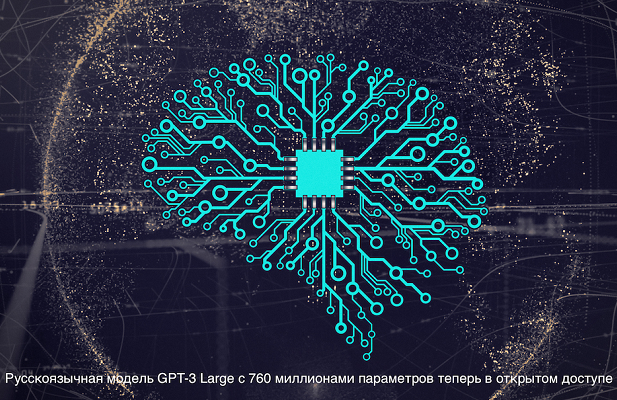Sber Switches Salute Voice Assistants to Russian GPT-3 Model

Russian tech and finance giant Sber has installed a Russian language version of the popular GPT-3 language model to power its Salute voice assistant. The 760 million-parameter ruGPT-3 generative model adapts the English edition of GPT-3 into a Russian neural network designed to make the voice assistant better at understanding users and finding useful answers.
Salute ruGPT-3
Sber introduced the revamped Salute at the 2021 AI Journey conference this month. The ruGPT-3 model underlies the Joy and Athena Salute ‘personalities.’ The third personality, named Sber, uses a different algorithm. Sber has been experimenting with GPT concepts for a while. The company incorporated ruGPT-2 into the Joy facet of Salute last year to enable Joy’s improvisational speech features. The new iteration was trained separately for Joy and Athena, improving their conversational ability, allowing them to chat about most topics a user might be interested in. The improved AI comes with a new continuous dialogue tool for longer conversations, both in voice and as an online chatbot. Interested Russian speakers can play with the upgraded virtual assistant through Sber devices and apps. The list includes Sber’s smart televisions. For instance, asking Salute to suggest a movie triggers the AI to ask several questions about taste, mood, and other factors that help the AI devise a shortlist of options. The questions are not necessarily straightforward, either. Sber’s examples of questions include whether the viewer would travel in time to the past of future, or whether they consider Norwegian forest or the Mediterranean Sea ideal landscapes.
“The development of emotional intelligence in the Salute assistants is one of the most important lines of our work. We find it vital for users to perceive assistants not as soulless machines that mechanically perform various tasks, but as interlocutors who can understand a request while also maintaining a meaningful dialogue,” SberDevices CEO Konstantin Kruglov said in a statement. “Neural networks like ruGPT-3 help develop emotional intelligence in assistants. This helps bring the human-technology interaction to the next level in terms of quality.”
International Linguistics
OpenAI’s English version of GPT-3 created a splash when it came out last year. Microsoft jumped at an exclusive licensing deal for GPT-3, integrating it into the low-code Power Apps programming tool and new Azure OpenAI Service for its enterprise clients. Microsoft also put the model into Github Copilot, which turns the AI into a pair programmer. Copilot relies on Codex, which instructs the AI in translating plain language instructions into computer languages. The GPT-3 API not controlled by Microsoft has a huge waiting list and has scored funding deals for several startups, including universal autocomplete startup Compose.ai and enterprise writing assistant startup Copy.ai, which have raised $2.1 million and $2.9 million, respectively. Sber seems to think the flexibility of the model transcends language, which fits perfectly with what OpenAI envisions
“GPT-3 has really proven itself as the first powerful, general purpose model for natural language,” OpenAI CEO Sam Altman said when the Azure OpenAI Service debuted. “[I]t’s one model you can use for all these things, which developers love because you can try things very easily.”
Follow @voicebotai Follow @erichschwartz
Microsoft’s New Azure OpenAI Service Shares GPT-3 Language Model With Enterprise Partners








